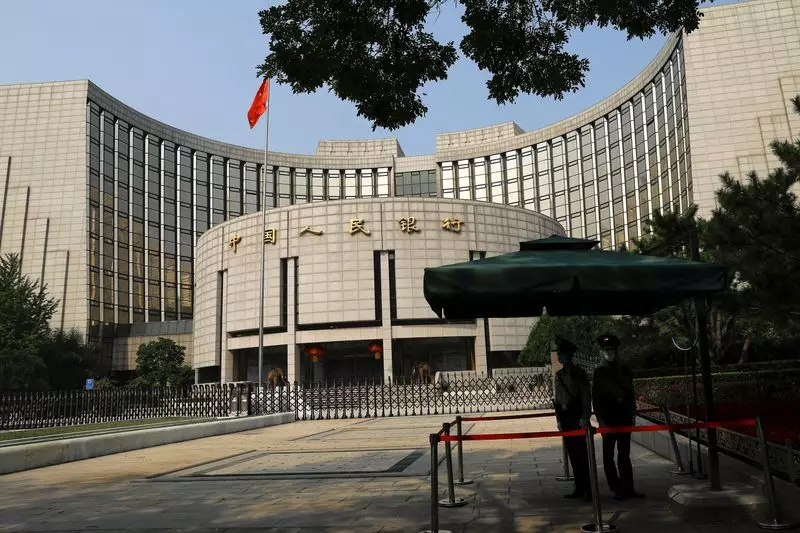The recent announcement from the People’s Bank of China (PBOC) regarding potential interest rate cuts marks a significant shift in the country’s monetary policy landscape. With the benchmark rate standing at 1.5% and a stated intention to lower it “at an appropriate time” in 2025, this deliberate decision underscores the PBOC’s focus on transitioning towards a more market-driven economy. The move is poised to influence credit accessibility, lending practices, and ultimately, consumer behavior, as it attempts to respond more adeptly to the challenges facing China’s economy.
In an effort to cultivate a more responsive economic environment, the PBOC has articulated a vision that emphasizes the importance of adjusting interest rates rather than adhering to rigid quantitative targets for loan growth. This shift signifies a recognition of evolving economic conditions and an attempt to align with the principles of high-quality growth. The PBOC’s guiding philosophy now prioritizes interest rate modifications as a tool for refining the financial ecosystem, thereby suggesting an end to the era dominated by state-directed lending that has historically characterized China’s economic strategy.
Furthermore, the bank’s commitment to phasing out quantitative objectives in preference for market-oriented mechanisms marks a pivotal change in governing monetary policy. As articulated by government advisors, this transition is not without its challenges, described as “an arduous task” that involves reworking the policy framework to better respond to shifting financial realities.
The backdrop against which these monetary policy reforms are occurring consists of several pressing challenges for the Chinese economy. Recent data indicates that the nation’s reliance on traditional manufacturing and export-driven growth is increasingly unsustainable. In particular, the complex issues surrounding the property market and its associated effects on consumer wealth have dampened household demand.
As part of the economic recalibration, the Politburo’s recent decision to ease the monetary stance for the first time in fourteen years—from ‘prudent’ to ‘appropriately loose’—reflects an acknowledgment of the immediate need for stimulus. With the US-China trade landscape poised for more tensions, especially with the anticipated return of Donald Trump to the White House, the importance of fostering robust domestic demand has never been greater.
As part of its rejuvenated monetary policy strategy, the PBOC has committed to a slew of reforms that aim to bolster lending and investment. This includes not just immediate interest rate cuts but also a reduction in the reserves that banks must maintain, thereby incentivizing lending. As analysts have indicated, this overarching strategy necessitates fundamental changes to the financial structures underpinning capital markets and the broader economy, moving away from excessive reliance on state-led growth mechanisms.
Notably, the potential for fresh monetary easing has already manifested in market reactions, with both 10-year and 30-year treasury yields hitting historical lows. This reflects investor anticipations of a more sustained easing cycle, as well as a broader understanding of the need for adaptive fiscal policies in uncertain economic times.
The People’s Bank of China’s inclination towards lowering interest rates signifies a pivotal moment for the nation as it seeks to adapt to the evolving economic landscape. The emphasis on market-driven interest rates and the relaxation of quantitative restrictions represent strategic steps towards crafting a more responsive and resilient economic framework. As China grapples with both domestic challenges and international pressures, the success of these monetary reforms will be critical in determining the country’s capability to stimulate growth and foster a more balanced economic recovery. Whether such ambitious changes can galvanize enduring improvements remains to be seen, but the direction is clear: the PBOC is committed to laying the groundwork for a healthier economic future.

